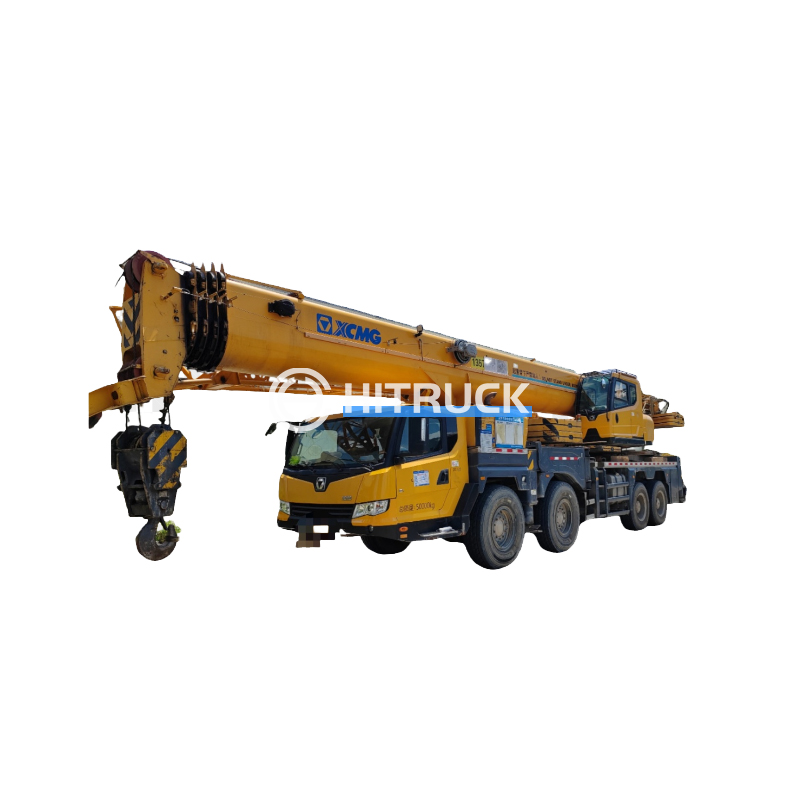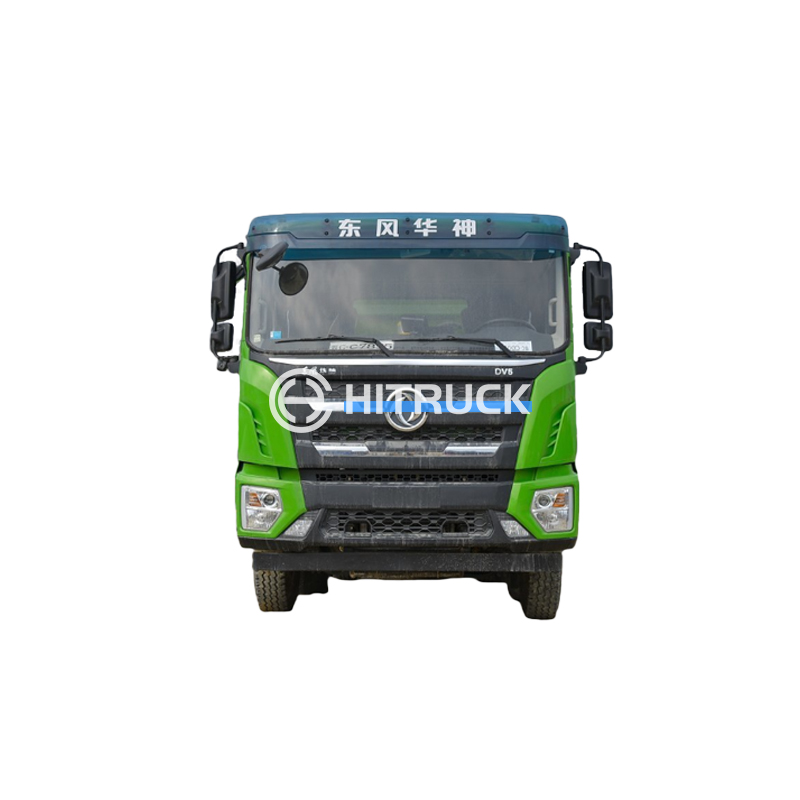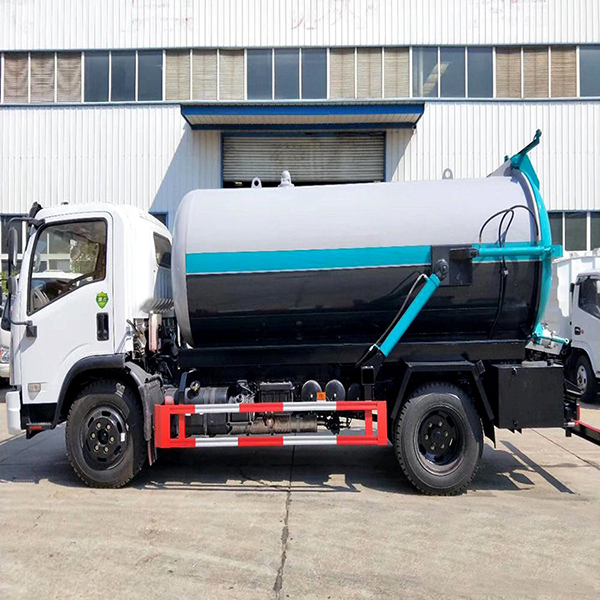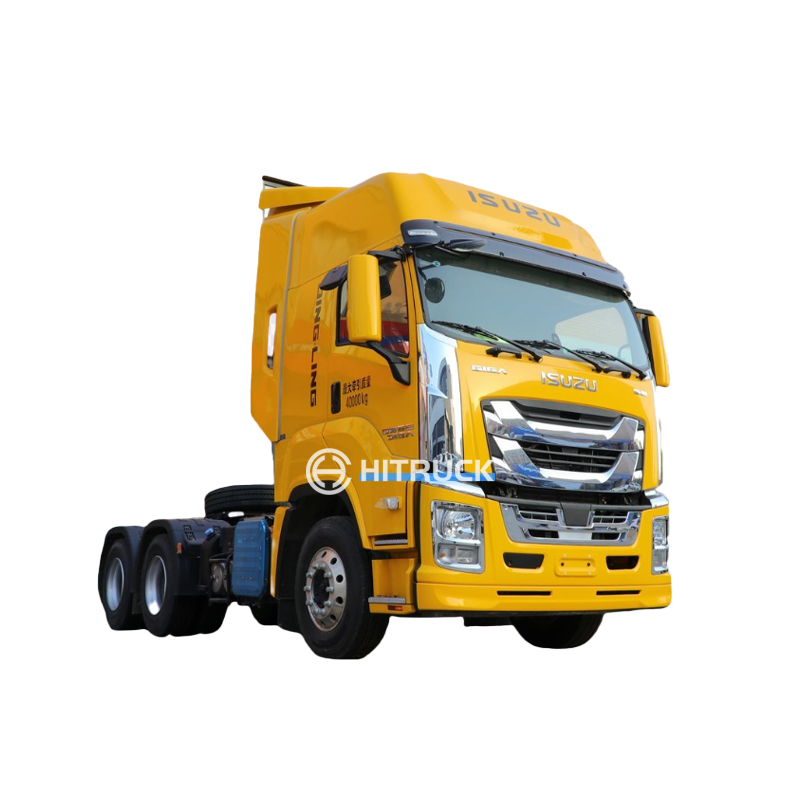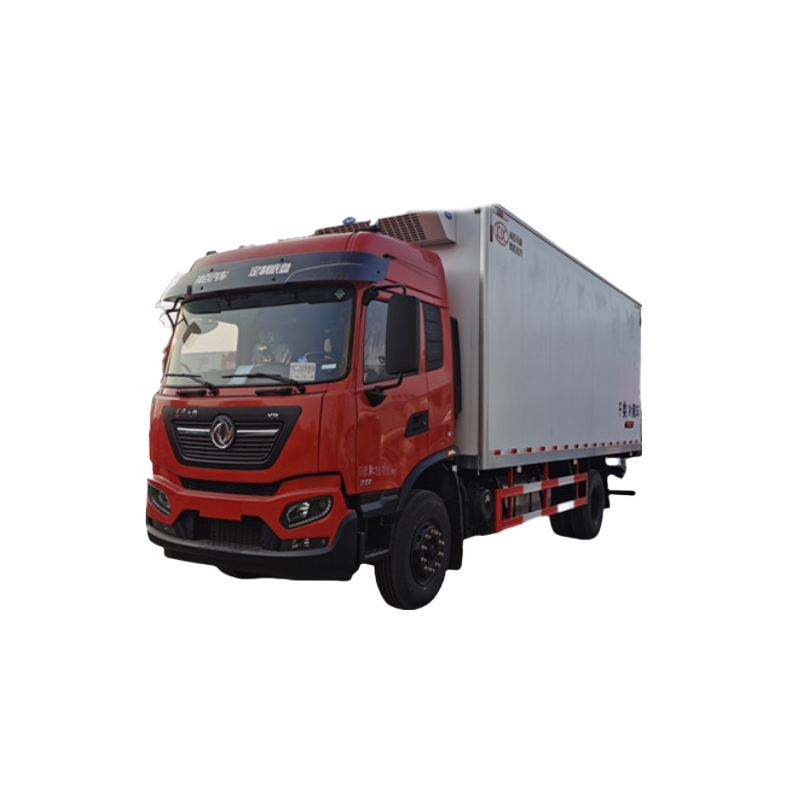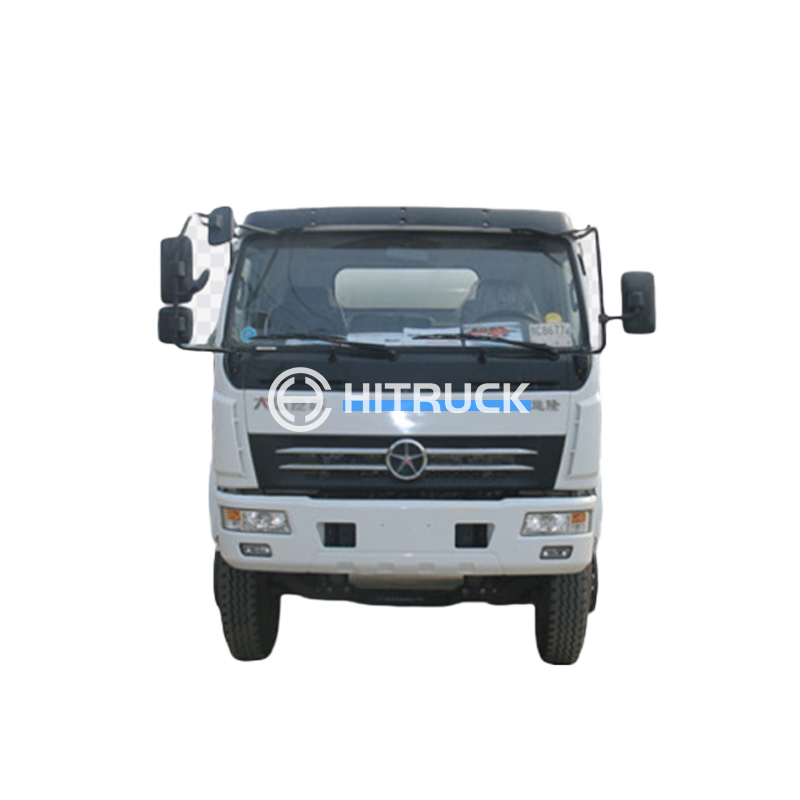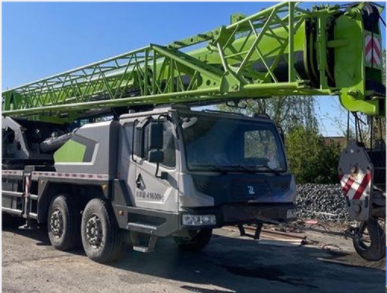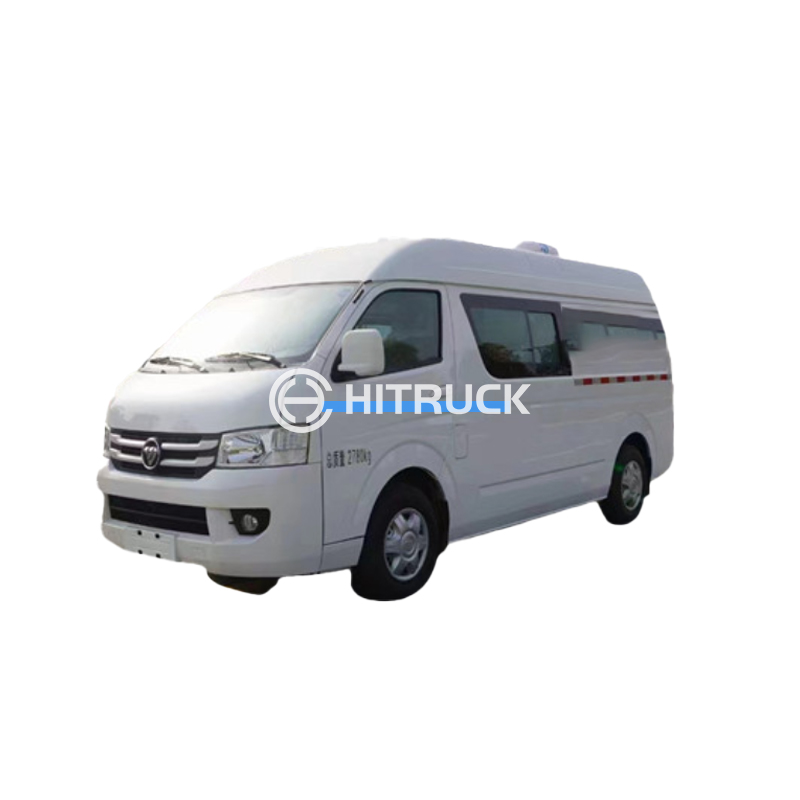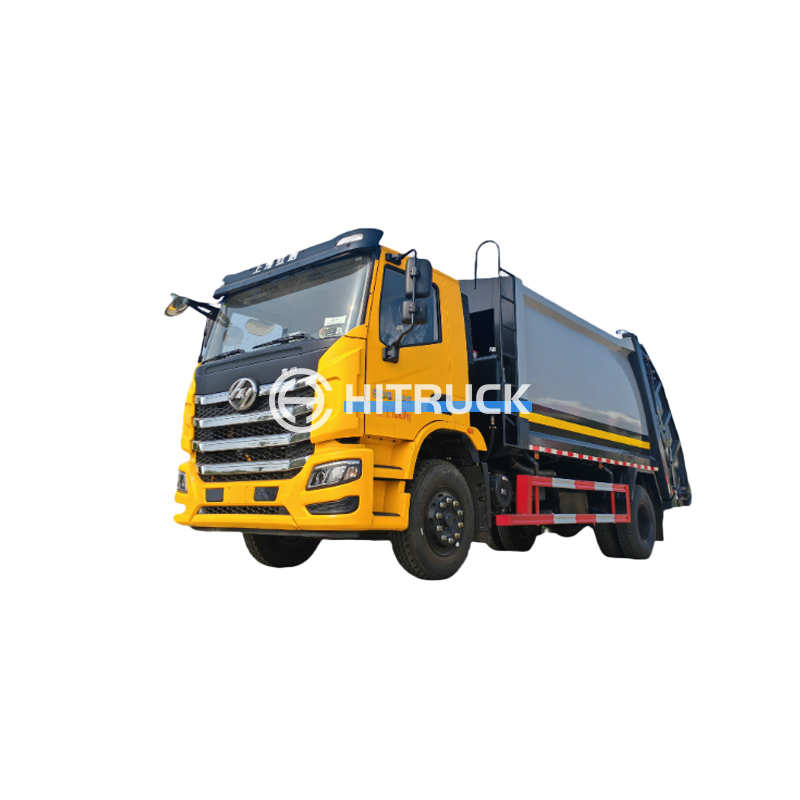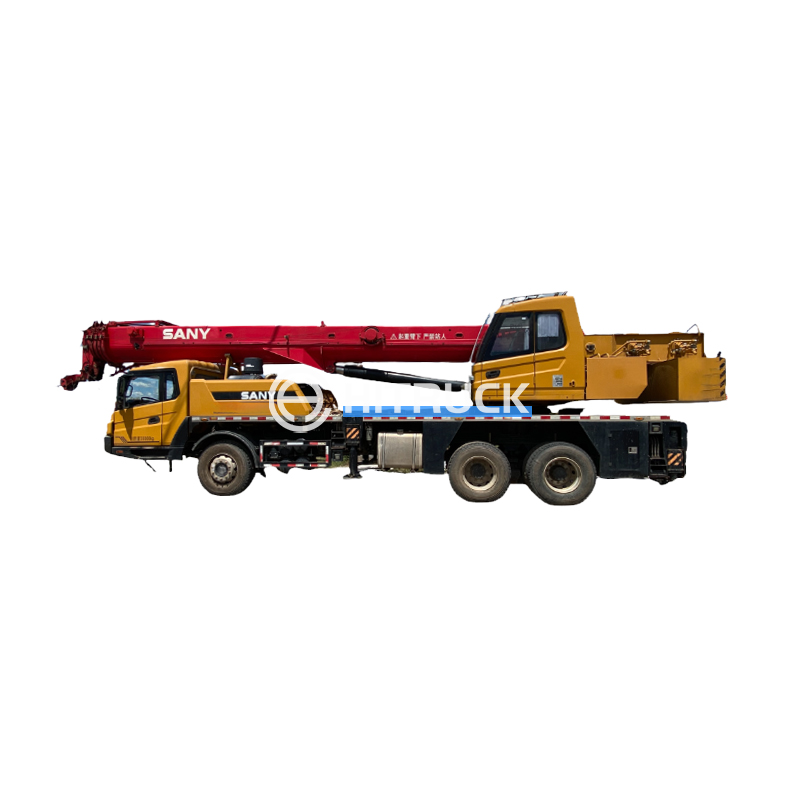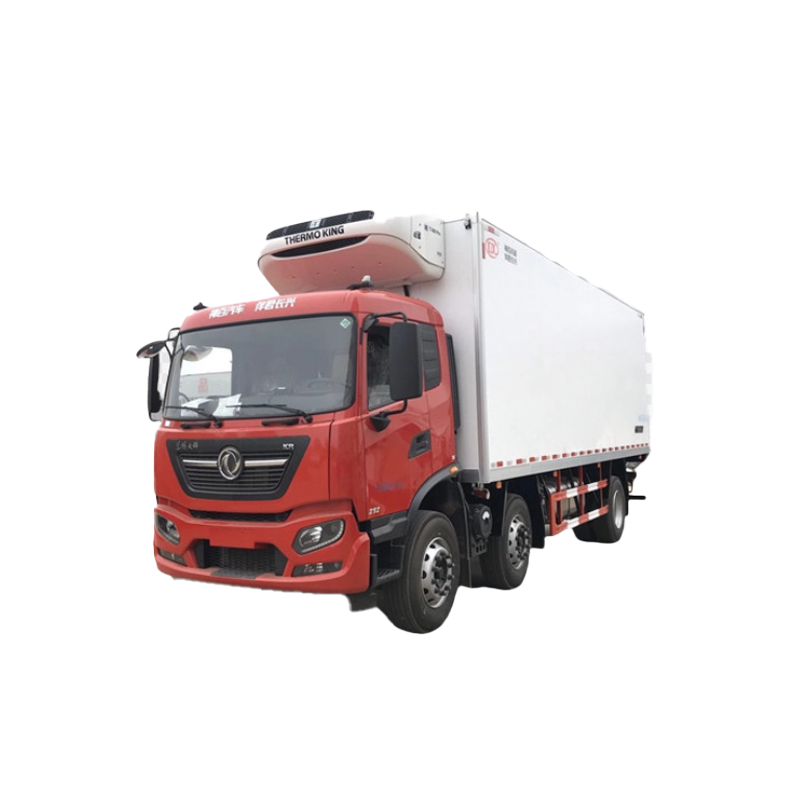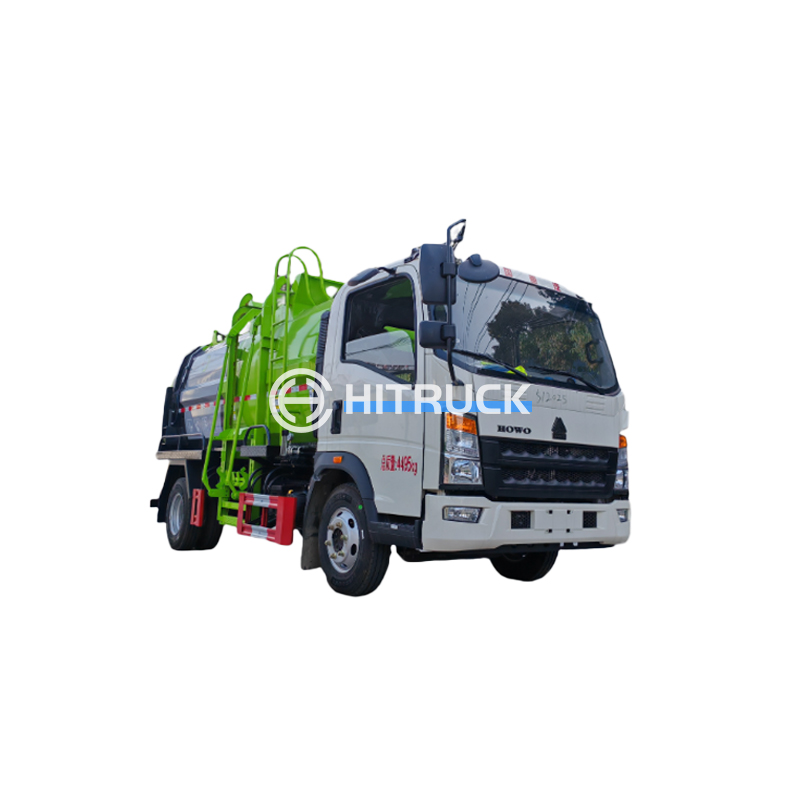A Tower Crane: A Comprehensive GuideA tower crane is a tall, freestanding crane, commonly used in construction projects for lifting heavy materials. This guide provides a comprehensive overview of tower cranes, covering their types, operation, safety, and maintenance. Understanding the nuances of these vital pieces of construction equipment is crucial for any project involving significant vertical construction.
Types of Tower Cranes
Fixed Tower Cranes
These are the most common type of
tower crane. They are fixed to a concrete base and have a stationary tower. Their reach and lifting capacity vary widely depending on the specific model and configuration. These cranes are ideal for large construction sites where the crane's position remains constant throughout the project. Some models are designed with a luffing jib, allowing for variable reach and hook height adjustments.
Mobile Tower Cranes
These
tower cranes are mounted on a mobile base, usually a crawler track or a set of wheels. This allows for easier relocation on the construction site, making them suitable for projects requiring crane movement during the construction process. Mobility offers flexibility, but often at the cost of slightly lower lifting capacity compared to fixed counterparts.
Self-Erecting Tower CranesThese cranes have a compact design and can erect their own towers. This eliminates the need for a large crane to assemble them, saving on setup time and costs, particularly advantageous on smaller construction sites or projects with limited access. However, their lifting capacity is usually limited compared to larger, fixed tower cranes.Operating a Tower Crane: Safety and Procedures
Operating a tower crane requires specialized training and certification. Safe operation is paramount, with strict adherence to safety regulations and procedures necessary to prevent accidents. Regular inspections and maintenance are also critical. Here are some key aspects: Pre-Operational Checks: Thorough inspections before each use are mandatory, checking for any signs of damage, wear, or malfunction. Load Capacity: Never exceed the crane's rated load capacity. Overloading can lead to catastrophic failure. Wind Conditions: Strong winds can significantly impact the crane's stability and operation. Operation in high winds should be avoided. Communication: Clear communication between the crane operator and the ground crew is crucial to ensure safe and efficient operation.Maintenance and Inspection
Regular maintenance is essential for the safe and reliable operation of a tower crane. This includes: Regular Inspections: Scheduled inspections by qualified personnel are crucial to identify and address potential problems before they escalate. Lubrication: Regular lubrication of moving parts helps to prevent wear and tear and ensure smooth operation. Component Replacement: Damaged or worn components should be replaced promptly to prevent accidents.Choosing the Right Tower Crane
Selecting the appropriate tower crane for a project depends on several factors:| Factor | Consideration ||----------------------|-----------------------------------------------------------------------------|| Lifting Capacity | The maximum weight the crane needs to lift. || Reach | The horizontal distance the crane needs to reach. || Height | The maximum height the crane needs to reach. || Site Conditions | Accessibility, ground conditions, and space limitations. || Budget | The overall cost of purchasing, operating, and maintaining the crane. |
For more information on heavy-duty vehicles and construction equipment, visit Suizhou Haicang Automobile sales Co., LTD at [https://www.hitruckmall.com/](https://www.hitruckmall.com/) rel=nofollow. They offer a wide range of equipment to support your construction needs.Conclusion
Tower cranes are indispensable tools in modern construction. Understanding their various types, operational procedures, and safety protocols is crucial for ensuring efficient and safe project execution. Regular maintenance and adherence to safety regulations are paramount to prevent accidents and maintain optimal performance. Careful consideration of the project's specific needs is essential when selecting the right tower crane. Remember to always prioritize safety!

